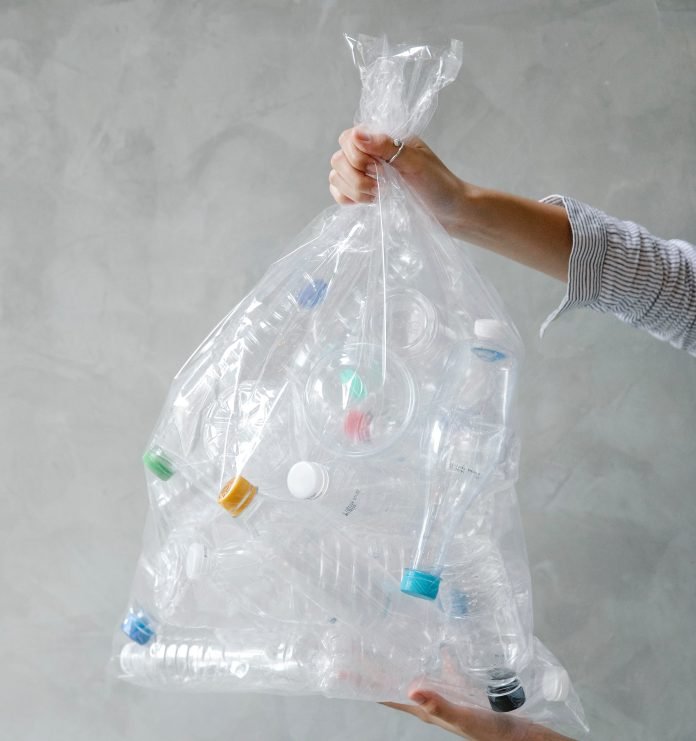The Environment Committee adopted its proposals to make packaging easier to reuse and recycle, to reduce unnecessary packaging and waste, and to promote the use of recycled content.
On Tuesday, MEPs in the Environment Committee adopted their position on a proposed regulation establishing requirements for the entire packaging life cycle, from raw materials to final disposal, by 56 votes in favour, 23 against and 5 abstentions.
MEPs want to ban the sale of very light weight plastic carrier bags (below 15 microns), unless required for hygiene reasons or provided as primary packaging for loose food to help prevent food wastage.
Besides the overall packaging reduction targets proposed in the regulation, MEPs want to set specific waste reduction targets for plastic packaging (10% by 2030, 15% by 2035 and 20% by 2040). The plastic part in packaging would need to contain minimum percentages of recycled content depending on the type of packaging, with specific targets set for 2030 and 2040.
By the end of 2025, the Commission should assess the possibility of proposing targets and sustainability criteria for bio-based plastic, a key resource for ‘defossilising’ the plastics economy.
Encouraging reuse and refill options for consumers
MEPs want to make a distinction between, and clarify the requirements for, packaging to be reused or refilled. Reusable packaging should fulfil a number of criteria, including a minimum number of times it can be reused (to be defined at a later stage). Final distributors of beverages and take-away food in the HORECA sector should provide the possibility for consumers to bring their own container.
Ban “forever chemicals” in food packaging
MEPs want to ban the use of intentionally added so called “forever chemicals” (per- and polyfluorinated alkyl substances or PFASs) and Bisphenol A in food contact packaging. These substances are widely used to fireproof or waterproof packaging, particularly paper and cardboard food packaging, and have been associated with a range of adverse health effects.
Other proposed measures:
- Increased requirements for all packaging in the EU to be considered recyclable, with the Commission tasked to adopt criteria to define packaging “designed for recycling” and “recyclable at scale”;
- EU countries would need to ensure that 90% of materials contained in packaging (plastic, wood, ferrous metals, aluminium, glass, paper and cardboard) is collected separately by 2029;
- Online service providers would be bound by the same extended producer responsibility obligations as producers.
Quote
Rapporteur Frédérique Ries (Renew, BE) said: “The Environment Committee has sent out a strong message in favour of a complete overhaul of the European packaging and packaging waste market. There can be no effective recycling or reuse policy without safe packaging, which is why the ban on intentionally added harmful chemicals is a major victory for the health of European consumers. We have also ensured that environmental ambition meets industrial reality, with a report focusing on innovation and providing for a derogation for enterprises with fewer than ten employees.”
Next steps
The full house is scheduled to vote on its negotiating mandate during the second November 2023 plenary session.
Background
In 2018, packaging generated a turnover of EUR 355 billion in the EU. It is also an ever-increasing source of waste, the EU total having increased from 66 million tonnes in 2009 to 84 million tonnes in 2021. In 2021, each European generated 188.7 kg of packaging waste a year, a figure that is expected to increase to 209 kg in 2030 without additional measures.
Source: europarl.europa.eu

